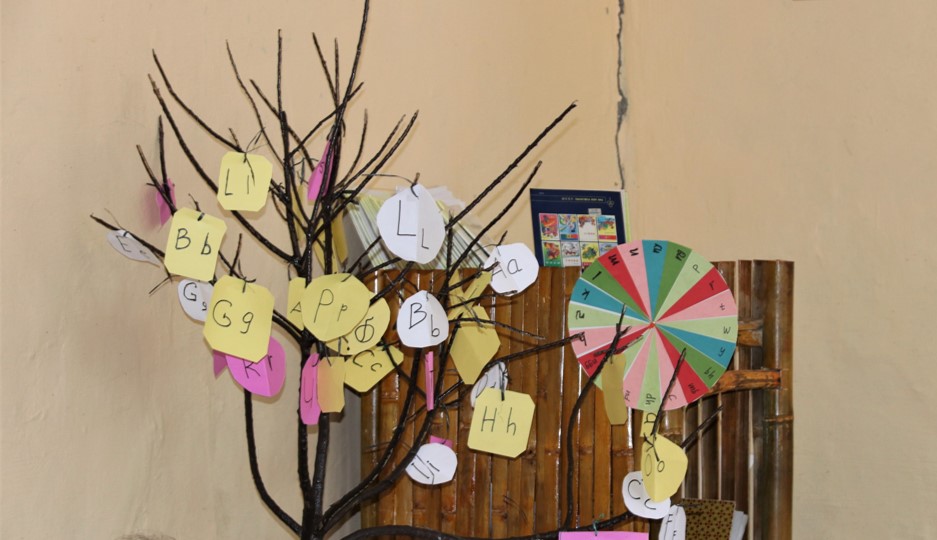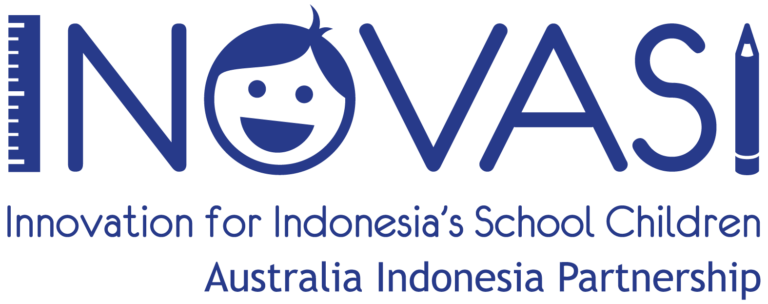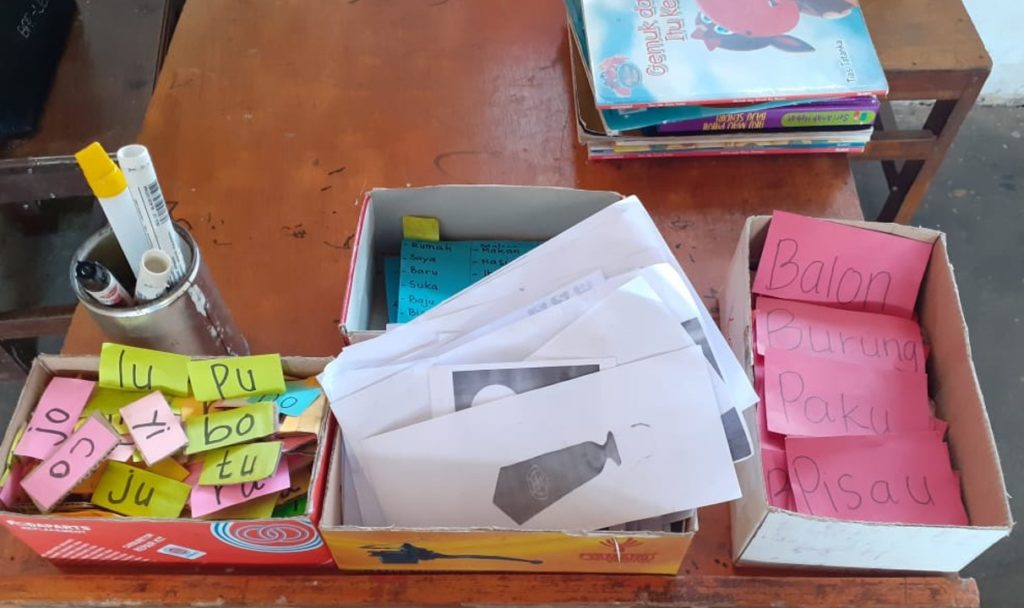
At SDN Wee Pabowi state elementary school, one of the schools in Central Sumba regency, East Nusa Tenggara, teachers, particularly early grade teachers, were having difficulty in keeping students’ attention during lessons. The same applied to trying to improve student’s interest in learning. This certainly contributed to the low literacy skills of students.
Limited and outdated learning media, in addition to the lecturing method that had been the teacher’s mainstay as a learning method, were thought to be the causes of the problem. According to Petrus P. B. Wali, the regional facilitator (fasilitator daerah, or Fasda) who guided the school, the learning media consisted of only textbooks or the 2013 Curriculum (K-13) books.
“The only reference books for learning were printed materials (K-13 books), which were used every year. There were no other learning aids. The teacher lectured, thus receiving no feedback from the students. As a result, the teachers didn’t know whether the students had understood the lesson or not,” said Petrus.
The support of the school principal was also thought to be lacking. The school administration was not running smoothly, which resulted in the School Operational Funds (Bantuan Operasional Sekolah, or BOS) not being disbursed. This was another reason why teachers did not have additional learning aids, explained Petrus.
Encouraging Change in Teaching and Learning Practices
The situation slowly changed when Petrus started to provide assistance at SDN Wee Pabowi. He encouraged teachers to use whatever items were available to develop learning media. Using the Big Book training module, Petrus and the assisted teachers started making books out of HVS paper.
“First, we gave the book a title, for example, Father Goes to the Garden. From that title, we developed it further by asking questions, for example, ‘What did Father do when he went to the garden?’ The answer to that question then became the sentence on the next page. This went on until the book had at least eight pages. After that, the sentences that had been compiled were copied onto cardboard. The teachers then added interesting pictures to the book. Some teachers used the Big Book they had made, reading it together with the students. Other teachers used their book for modeled reading, where the teacher reads aloud and the students follow. The pictures that accompanied the text made it easier for students to understand what they were reading,” explained Petrus.
Thanks to the training and mentoring carried out by Petrus and INOVASI, teachers are now able to make their own Big Book, knowing its purpose, and how to use it. They also understand that interesting learning media can attract children’s interest in reading and improve their abilities. Petrus added, “The teachers are now becoming more creative by making the Big Book according to the context of children in Sumba. The pictures help the children to read the text more quickly.”







